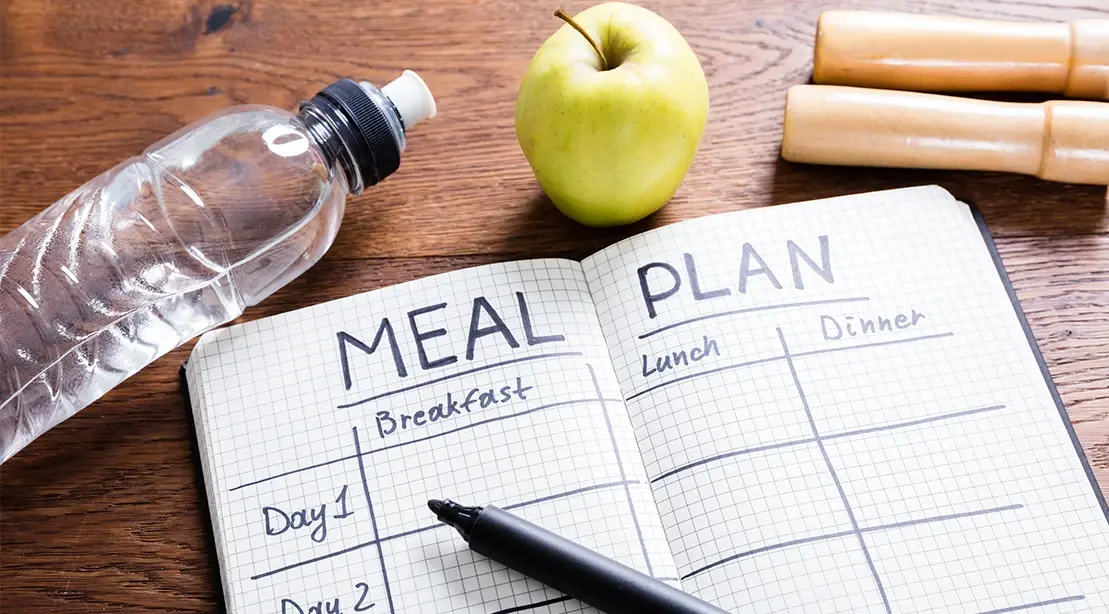So, you’ve bought into the intermittent fasting craze, but you’re not seeing any of the weight loss magic? Don’t worry — if intermittent fasting is not working for you, I’m here with the true tea on how you can optimize your IF routine!
What you may not realize is that intermittent fasting is not a one-size-fits-all diet. There’s actually a method to the intermittent fasting madness. So, let’s dive into the nitty-gritty and uncover the five sneaky reasons your intermittent fasting groove may be a bit off-key.
1. Diving in Head-First Without a Plan
Committing to intermittent fasting is no walk in the park. It takes dedication, sacrifice and most importantly, A PLAN. Don’t think you’re just going to wake up one day and decide to successfully undertake intermittent fasting if you haven’t completely thought it through.
First, you need to take a long hard look at your current diet. If you’re not following basic healthy food habits, intermittent fasting is not going to give you the results you desire. Then get your diet in check with healthy protein, and whole fruits and veggies, or your intermittent fasting plan may backfire.
2. Breaking Your Fast With Junk Food
Intermittent fasting is a great method to help reset your gut and aid digestion. But it’s not just about when you eat, but what you eat. Intermittent fasting does not give you a pass to indulge in whatever you want — that’s if you want results.
Your body is ripe for nutrition after fasting, and introducing ultra-processed and unhealthy food to your gut microbiome is a recipe for disaster. Plus it totally defeats your purpose. Do your gut — and yourself — a favor and replenish your gut with nutritious whole foods.
3. Not Packing on the Protein
Your body needs protein more than ever when you’re restricting your body of calories in a fasting state. Experts have already proven that protein helps you stay fuller for longer, which will certainly help during your fasting periods. Plus protein is essential for maintaining muscle mass — which is crucial if you’re going to restrict calories.
You should aim to eat meals high in lean animal and/or plant sources of protein such as poultry, fish, eggs, legumes or tofu once you break your fast.
4. Drinking Plain Ol’ Water During Fasting Periods
Staying hydrated is essential when you’re fasting, but you don’t have to restrict yourself to just plain water. Mineral water will help your electrolyte balance in addition to keeping you hydrated. Flavored water and seltzer are also good if you want to switch it up. But if you don’t have those at hand, you can always throw a piece of fruit in plain water for some refreshing, flavorful infused water.
You can also have zero-calorie beverages like coffee, tea (hold the cream and sugar!) and electrolyte beverages, which bring added health benefits like enhanced energy and focus that may help with your fast. But at the end of the day, all of the above help you stay full, which will help you curb hunger and stick to your fast.
5. Intense Exercise…At the Wrong Time
No one is saying that you shouldn’t exercise during your fasting periods. Actually, experts say that exercising in a fasting state can help skyrocket your metabolism and burn even more fat.
But, as with everything in life, you must find balance.
Remember that your body needs energy to smash through a workout – energy that you get from food. And after fasting for 10 hours, your body has a limited energy supply. So you may not be able to go hard at the same level as you would if you were loaded up with food energy prior to your workout. So you may have to adjust. Set realistic expectations and consider whether you should exercise before, during or after your eating window.
The Bottom Line…
In the world of intermittent fasting, success doesn’t come with a one-size-fits-all approach. If you’ve been wondering why your intermittent fasting routine isn’t delivering the promised results, it’s time to reflect on the finer details.
Crafting a solid plan, being mindful of what breaks your fast, embracing protein like it’s your fasting BFF, choosing hydrating options beyond plain water, and timing your workouts intelligently — these are the subtle keys to unlocking the full potential of intermittent fasting. It’s not just about the when, but the how, and with these insights, you’re equipped to tweak your routine for optimal results.
So, go ahead, recalibrate your intermittent fasting groove, and let the journey to a healthier you unfold with precision. Cheers to a more strategic fasting adventure!


